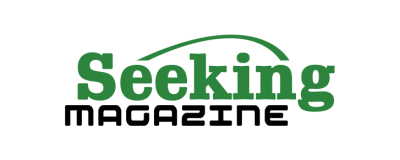Difference between a lease and buy equipment

If your equipment becomes outdated and inefficient in terms of energy and cost savings, the only option is to purchase new innovative machinery. If the total ownership cost rises over time due to antiquated machinery that requires maintenance and repair, leasing equipment or machinery is a good option. Starting, buying a brand new machine that requires frequent updates or upgrades will be a complete waste of money. You can now visit the Homepage to know more.
Leasing allows you to replace outdated machinery with newer models as needed. It eliminates any unnecessary costs. After a while, the purchased machines employed in the manufacturing industry will break down, which will not be covered by the guarantee. Therefore you will have to pay the bill out of your cash. The cost of machinery, as well as the additional expenditures of repairs and upgrades, will gradually eat into your profit margin.
The Advantages of Leasing Equipment or Machinery
- After each leasing period, you will upgrade your machinery or equipment with machinery finance.
- Leasing machine equipment is truly lucrative because the return exceeds the acquisition cost.
- You may quickly lease many pieces of equipment in a single monthly payment package.
- A lease is never considered a long-term burden or debt, which increases its business value. As a result, it raises your company’s profile in the eyes of investors and lenders when their help is needed.
- You can attain Tax advantage because the IRS does not consider a working lease a purchase; no tax is applied to it.
Benefits of equipment and machinery loans
- Individuals can make use of the following advantages:
- An increase in liquid cash on hand savings
- Increased business tax exemption
- The book value of a company’s assets will rise.
- Depreciation of equipment and machinery is a tax deduction.
- Existing credit lines are not affected.
Important distinctions about lease and r lease and buy equipment
- When a company doesn’t have enough fixed capital but still needs to use an asset but doesn’t want to pay for it, a lease is used. On the other hand, Rent is the act of acquiring possession of the property for a monthly price.
- Lessor and lessee are the two parties involved in leasing arrangements. There are two parties in a rental agreement: the landlord and the renter.
- Assets and equipment are typically leased. Property or land rentals are the most common kind of rentals.
- When the lessee takes the equipment on lease, they are responsible for service and maintenance. In contrast, the landlord is responsible for service and care even if the renter takes the property on rent.
Leasing is done for a specific time – usually medium to long term. The emphasis is on every month while renting for a short time. The terms and circumstances of leasing contracts are predetermined, and contracts are formed through mutual approval. The terms and conditions of a rental agreement can be altered at any moment. On the expiration of the leasing contract, a purchase offer is made. At the end of a rental agreement, no such request is made.
Final Thoughts
Although lease and rent appear to be comparable on the surface, there is a significant difference between the two.
- When a lessee receives an asset on a lease, the lessee is responsible for its upkeep. That means that when a company leases an asset, the responsibility for upkeep falls on the company.
- On the other hand, when an asset is rented, the person who rents the item or property is responsible for its maintenance.















